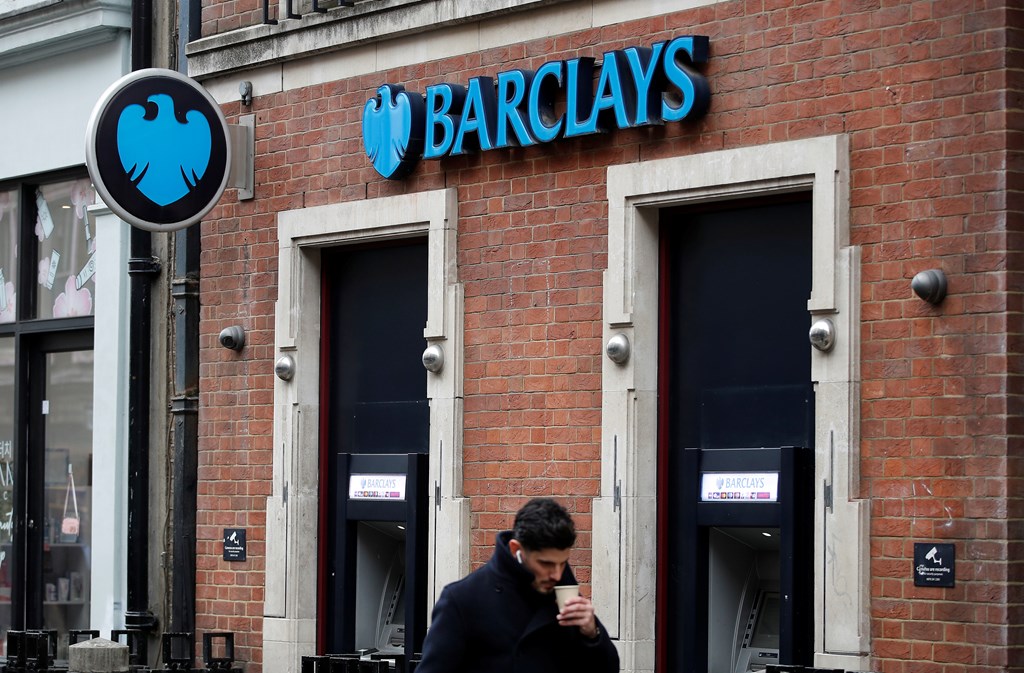
Barclays Troubles Trigger a Major Shake-Up and Senior Banker Departures
Barclays Troubles Trigger a Major Shake-Up and Senior Banker Departures
In the world of high-stakes finance, Barclays, a prominent British bank, finds itself embroiled in a series of challenges that have set off a seismic shake-up within its ranks. Faced with the urgent need to prove its mettle against industry behemoths like JPMorgan Chase and Goldman Sachs, the bank’s top executives have undertaken a bold and ambitious strategy. However, despite their best efforts, the changes have yielded mixed results, leaving the bank grappling with a significant exodus of senior bankers, amplifying the already tumultuous landscape.
This article delves into the complexities of Barclays’ journey, exploring the key factors contributing to its ongoing troubles and the profound implications for its future in the fiercely competitive world of investment banking.
Barclays Aims to Challenge JPMorgan Chase and Goldman Sachs in Wall Street Overhaul

Barclays executives launched a comprehensive transformation of the British bank’s Wall Street division earlier this year with a clear objective: to demonstrate its ability to compete with industry giants like JPMorgan Chase and Goldman Sachs.
Revamping Leadership and Ambitious Strategy
In pursuit of this goal, they made significant leadership changes and devised a strategy to establish themselves as a prominent player in multiple lines of business, including investment banking. However, despite these efforts, the bank’s stock failed to gain momentum, resulting in an exodus of over 30 senior bankers, which accounts for a substantial portion of the investment bank’s roughly 200 managing directors.
READ MORE:
- BlackRock Clashes With Hedge-Fund Giant Over Control of Funds
- How Bad Is China’s Economy? Millions of Young People Are Unemployed and Disillusioned
Finding Stability After the Lehman Brothers Deal
Barclays had embarked on its investment-banking journey fifteen years ago with the acquisition of Lehman Brothers’ core assets, marking the beginning of its expansion in this domain. Unlike its British counterparts, the bank opted to maintain a robust investment bank catering to significant investors and corporations in addition to its sizeable U.K. retail banking and credit-card businesses. Over the years, Barclays executives, many of whom were former JPMorgan alumni, aspired to model the bank after its larger U.S. rival.

Valuation Woes and Setbacks
However, Barclays faced considerable challenges in achieving a similar valuation to JPMorgan. While the U.S. banking giant commands a strong stock price and book value ratio, Barclays’s shares traded at just about 45% of its book value, one of the lowest among its Wall Street peers. This disparity reflects a significant gap between how the bank and investors perceive its worth. Moreover, the bank faced considerable financial exposure due to debt linked to Elon Musk’s takeover of Twitter and suffered a significant fine last year following an accidental sale of unregistered securities.
Lingering Struggles and Recent Setbacks
In the present day, Barclays’s London-listed shares remain below their value from five years ago, and a recent decline in revenue further exacerbated the situation. Investment-banking fees took a hit with a 15% drop, and the bank revised its interest income estimates downward for the year. While some argue that the changes are showing early signs of progress, with the bank’s share of global investment-banking fees increasing from 3.1% last year to approximately 3.5% this year, the overall performance has yet to fully satisfy market expectations.
Rough Waters Ahead
The bank faced a turbulent period last year when the pandemic-induced deal-making boom began to slow down. Simultaneously, the news of Barclays’s CEO C.S. Venkatakrishnan, also known as Venkat, being diagnosed with cancer emerged. By the end of the year, the bank experienced a sharp decline of approximately 50% in investment-banking revenue, significantly impacting its overall income.
RELATED POST:
Regulatory Investigation and Compensation Cuts
Adding to the troubles, British regulators conducted an investigation into former CEO Jes Staley’s personal ties with convicted sex offender Jeffrey Epstein, raising concerns about potential consequences. Furthermore, the bank, like many others, reduced compensation for managing directors by around 40%, and in some cases, attempted to renege on verbal compensation promises made to high-profile hires, causing discontent among some employees.
Leadership Transitions and Challenges

As Venkatakrishnan underwent chemotherapy, Paul Compton, the head of the corporate- and investment-banking unit, was among the executives entrusted with steering the bank back on course. In January, Venkatakrishnan and Compton appointed new leaders to head the investment bank, replacing co-heads John Miller and JF Astier. However, the decision to bring an outsider, Cathal Deasy, from Credit Suisse to co-head the bank, raised eyebrows, as some expected Marco Valla, an Italian with a significant background in technology, media, and telecom groups, to be given the position.
Pursuing Diversification and Growth
Barclays’s new leadership emphasized the need to diversify revenue streams, focusing on “sticky” and recurring revenues to offset the cyclical nature of deal-making activities. Reducing reliance on leveraged finance, a high-risk loan segment, became a priority, while prioritizing more profitable offerings like assisting hedge funds with trades and providing cash management services to large global corporate clients.
Internal Friction and Talent Attrition
Deasy’s proactive approach to ensure bankers aggressively promote the bank’s full range of services, coupled with close monitoring of client interactions, was met with resistance, particularly from former Lehman employees accustomed to greater autonomy. As a result, Marco Valla and other seasoned bankers eventually left Barclays to join competitors like UBS, attracted by more lucrative compensation packages.
Retaining Talent Amidst Departures
While several key figures departed, Barclays managed to retain some of its talent by offering significantly increased salaries to those who received competing offers. In addition, the bank recruited over 20 new managing directors this year, including industry specialists like Spyros Svoronos and Jim Rossman.
Future Directions and Challenges
Despite the setbacks and challenges, Venkatakrishnan remains steadfast in his commitment to investment banking, citing its role in diversifying the bank’s earnings over the years. To improve the bank’s stock performance, Barclays aims to expand its presence in other areas such as retail banking and credit cards.
In conclusion, Barclays continues to navigate through a transformational phase as it seeks to establish a more formidable presence in the highly competitive landscape of investment banking. While the path may be challenging, the bank’s determination to adapt and evolve remains unwavering.
Source: https://www.wsj.com/articles/troubles-at-barclays-prompt-a-shake-upand-banker-exits-a71a5f95?mod=Searchresults_pos9&page=1








